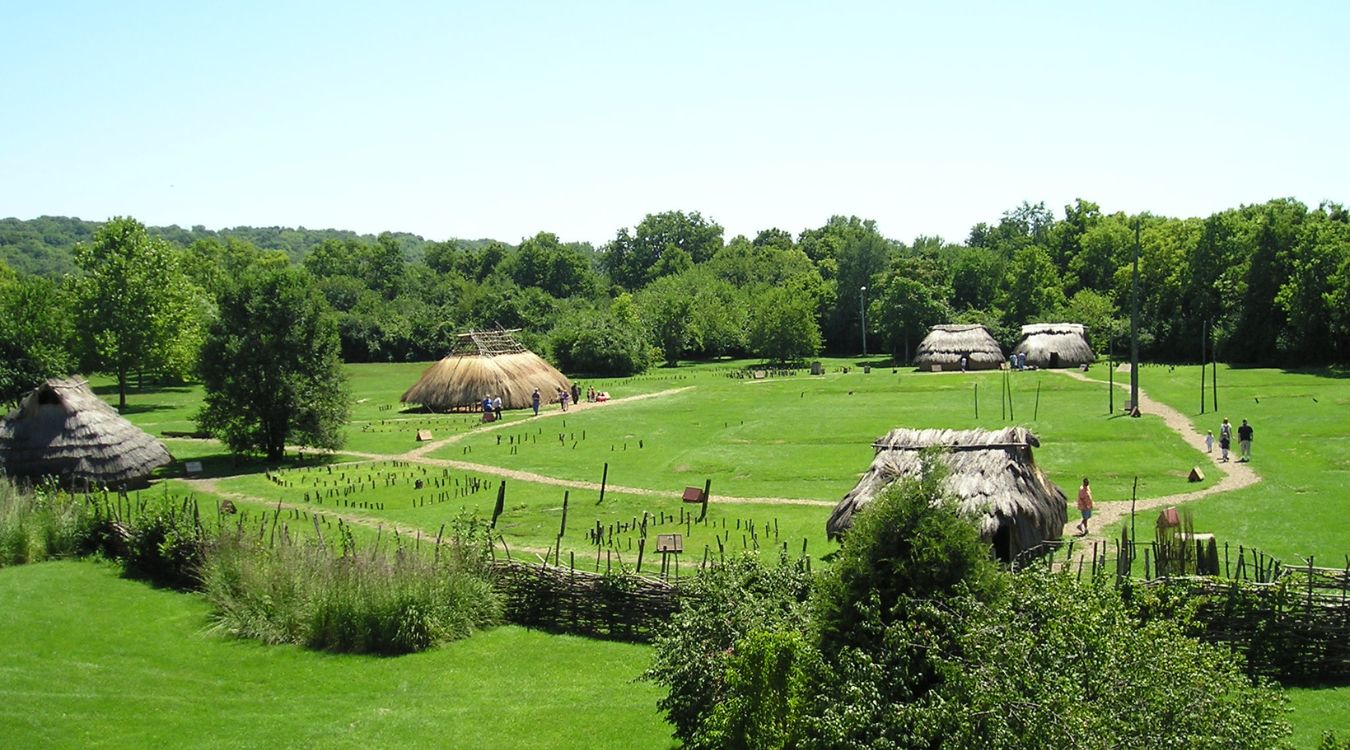Hidden Woodland Forts Of Ohio’s Frontier

Have you ever wondered about the hidden woodland forts of Ohio's frontier? These forts, tucked away in dense forests, hold stories of early settlers and Native American tribes. Built during times of conflict and exploration, they served as protection and community hubs. Walking through these historic sites, you can almost hear the echoes of the past. Imagine the daily life, the struggles, and the triumphs of those who lived there. Whether you're a history buff or just love a good adventure, exploring these forts offers a unique glimpse into Ohio's rich heritage. Ready to step back in time and uncover these hidden gems?
Hidden Woodland Forts of Ohio's Frontier
Ohio's frontier is rich with history, especially when it comes to hidden woodland forts. These forts, often tucked away in dense forests, offer a glimpse into the past. They tell stories of early settlers, Native American tribes, and the battles that shaped the region. Let's explore some of these fascinating sites.
Fort Ancient
Fort Ancient is one of the largest prehistoric hilltop enclosures in North America. Built by the Hopewell culture, this site spans over 100 acres and features earthen walls that stretch for miles.
- Fort Ancient: Located in Warren County, this site offers a museum and interpretive center. Visitors can walk along the ancient walls and imagine the lives of those who built them.
Fort Meigs
Fort Meigs played a crucial role during the War of 1812. This reconstructed fort stands as a testament to the resilience of American forces during a pivotal time in history.
- Fort Meigs: Situated in Perrysburg, this fort offers reenactments, guided tours, and a museum. The annual events bring history to life, making it a must-visit for history buffs.
Fort Laurens
Fort Laurens is the only Revolutionary War fort in Ohio. Though much of the original structure is gone, the site remains a significant historical landmark.
- Fort Laurens: Located in Bolivar, this site includes a museum and a memorial. The annual encampments and events provide a deeper understanding of the fort's role in American history.
Fort Hill
Fort Hill is an ancient earthwork built by the Hopewell culture. This site offers stunning views and a chance to explore prehistoric architecture.
- Fort Hill: Found in Highland County, this site features hiking trails that lead to the top of the hill. The views from the summit are breathtaking, and the ancient walls are a marvel of engineering.
Fort Recovery
Fort Recovery marks the site of a significant battle between American forces and Native American tribes. The reconstructed fort and museum offer insights into this turbulent period.
- Fort Recovery: Located in the town of the same name, this site includes a museum, reconstructed blockhouses, and a monument. The annual festivals and reenactments bring the history of the fort to life.
Fort Jefferson
Fort Jefferson was established during the Northwest Indian War. Though only remnants remain, the site is a poignant reminder of the conflicts that shaped the region.
- Fort Jefferson: Situated near Greenville, this site features a small park and historical markers. The peaceful setting contrasts with the turbulent history of the fort.
Fort Steuben
Fort Steuben was built to protect surveyors of the Northwest Territory. The reconstructed fort and museum offer a glimpse into the early days of American expansion.
- Fort Steuben: Located in Steubenville, this site includes a museum, visitor center, and reconstructed buildings. The annual events and educational programs make it a great destination for families.
Fort Amanda
Fort Amanda served as a supply depot during the War of 1812. The site includes a memorial park and historical markers.
- Fort Amanda: Found near Lima, this site features a park with picnic areas and trails. The historical markers provide context for the fort's role in the war.
Fort Hill Earthworks & Nature Preserve
Fort Hill Earthworks & Nature Preserve offers a blend of history and natural beauty. The ancient earthworks and hiking trails make it a unique destination.
- Fort Hill Earthworks & Nature Preserve: Located in Highland County, this site includes over 11 miles of hiking trails. The earthworks are a testament to the engineering skills of the Hopewell culture.
Fort Piqua
Fort Piqua played a role in the Northwest Indian War. Though little remains of the original structure, the site is marked by historical plaques.
- Fort Piqua: Situated in Piqua, this site features a small park and historical markers. The plaques provide information about the fort's history and significance.
Fort Harmar
Fort Harmar was one of the first American forts built in the Northwest Territory. The site is now a residential area, but historical markers commemorate its history.
- Fort Harmar: Located in Marietta, this site includes historical markers and a small park. The markers provide insights into the fort's role in early American history.
Discover Ohio's Hidden Woodland Forts
Ohio's hidden woodland forts offer a unique glimpse into the past. These forts, tucked away in the state's lush forests, tell stories of early settlers and their struggles. Visiting these sites provides a chance to connect with history while enjoying the natural beauty of Ohio's landscapes.
Exploring these forts can be a fun adventure for families, history buffs, and nature lovers alike. Each fort has its own story, adding depth to your visit. Whether you're hiking through dense woods or standing on the remains of an old fort, you'll feel a sense of wonder and curiosity.
Plan your trip to Ohio's hidden woodland forts. Experience the blend of history and nature that makes these sites special. You'll leave with a deeper appreciation for Ohio's rich heritage and the resilience of its early inhabitants.

